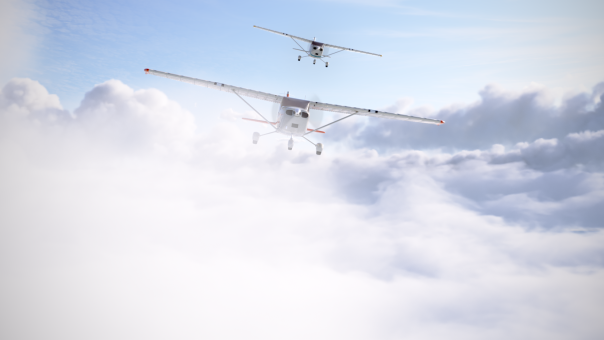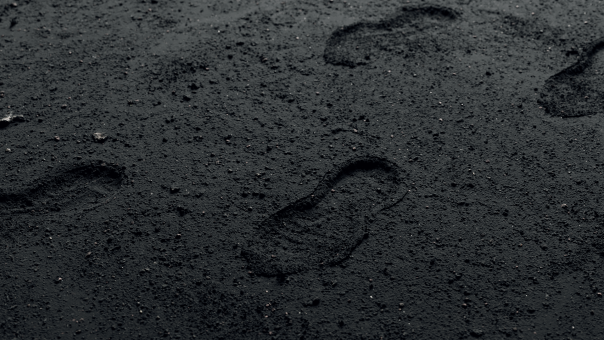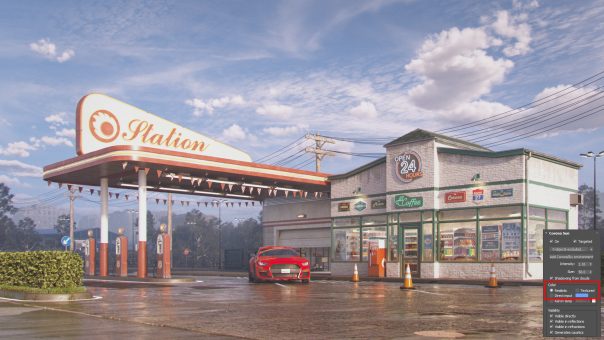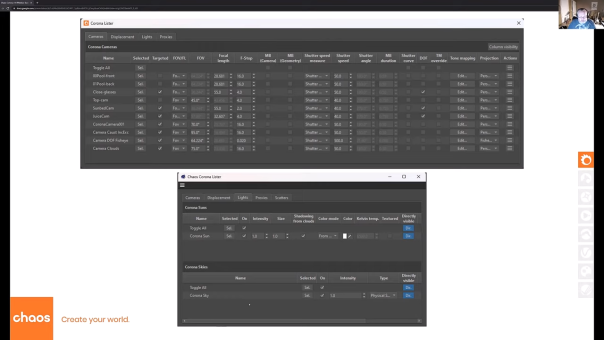
Chaos Corona 10 was recently released to the world, and artists were psyched to see what new features and improvements the developers had cooked up for the 3D community. To help everyone understand what the new version is capable of, we decided to hold an in-depth webinar.
Tom, the Product Manager, was the star of the show, giving us a behind-the-scenes peek at all the cool new stuff that makes Chaos Corona 10 the go-to rendering solution for artists looking for ease of use and photoreal results in their day-to-day workflow. In this blog post, we’ll give you a recap of what you need to know about the new features. Make sure to rewatch the webinar to see the features demonstrated in action!
Decals
Decals have been improved to expand the capabilities of Corona 9, enabling users to disable and enable channels individually, blend displacement and bump with the base, and turn off all the channels.

Cameras and volumes
Cameras can now be placed inside a volume, and it will render correctly, which was not possible in Corona 9 and earlier versions. A camera can now easily be half in and half out of a volume, and it will still render correctly.

Camera Sky and Depth of Field Highlight Solver
Direct input in the Corona Sun can now be used to change the color of lighting on clouds. The new depth of field highlight solver now gives greatly improved results for the blurring of highlights that are direct light sources and reflections.
Caustics and Improved Listers
The improvements made for caustics now keep the brightness in the caustics on larger resolutions. The new and improved listers let users work with lighting, cameras, displacement, proxies, and scatters giving easy access to find them and an easy way to edit them.

Multiple Input Connect Maps and Scattering
Tom also discussed the improvements made to maps in 3ds Max and scattering, whereas, in Cinema 4D, users can now scatter onto scatters.
Wait, there’s more?
There are a few other smaller improvements made in Corona 10, such as improved anisotropy (reflections on rough surfaces), support for triplanar mapping in Chaos Scans materials, and support for blur in Cinema 4D. There’s also the joint release of a new Corona 10 Benchmark, which is based on the current rendering core and is more suitable for testing newer and faster machines.